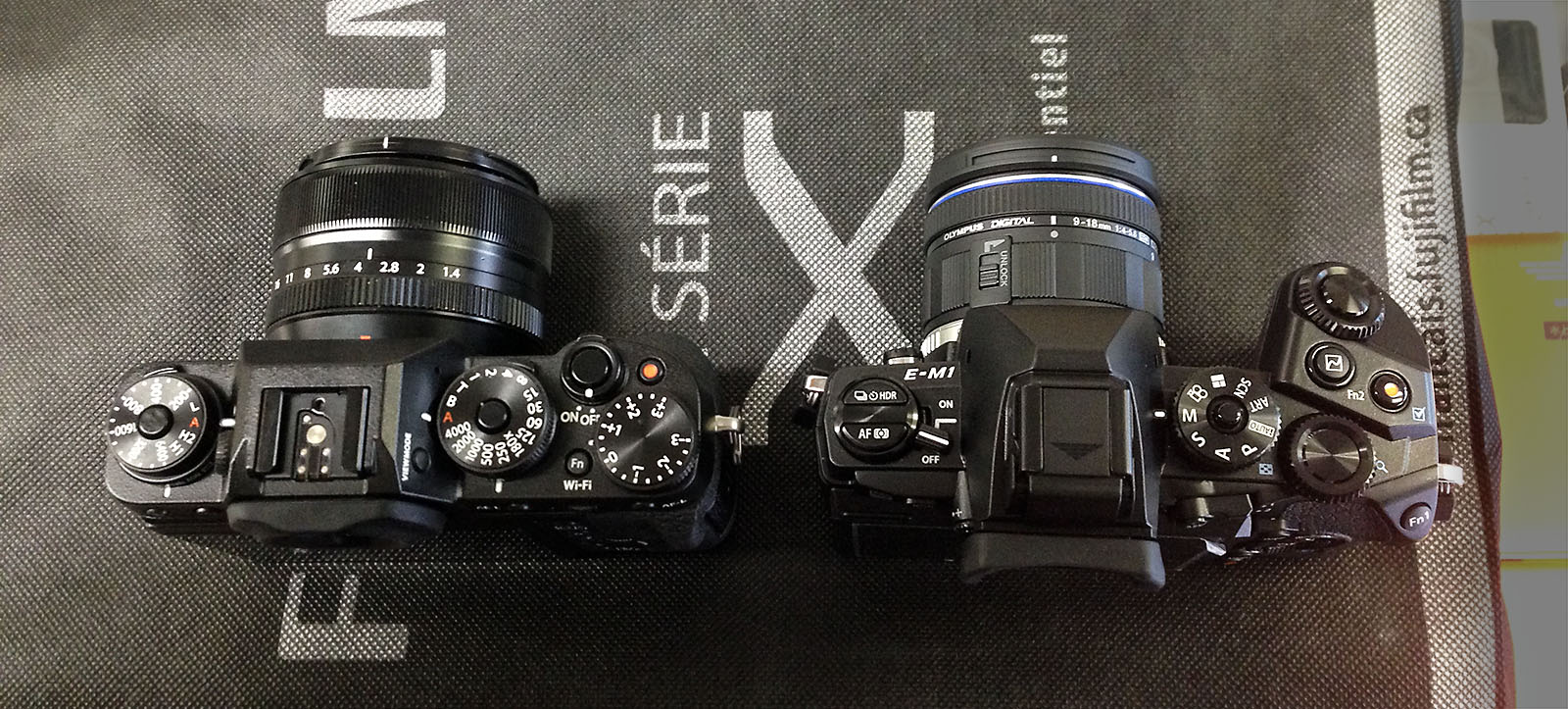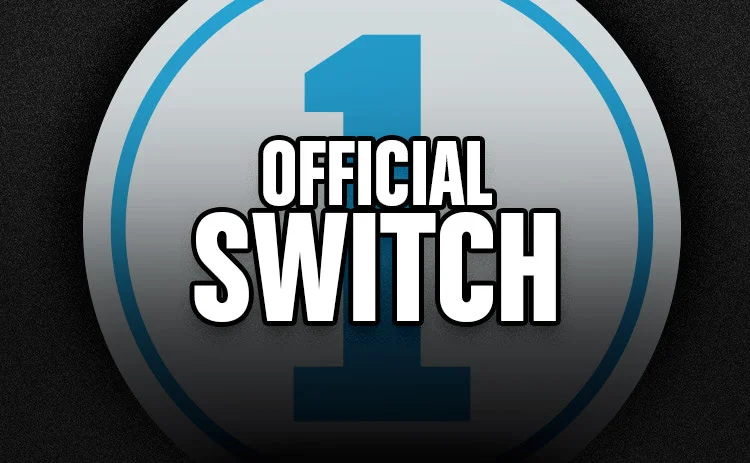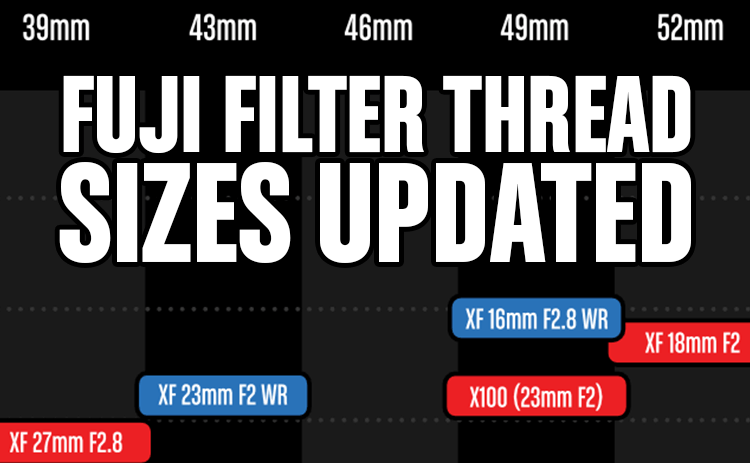Fujifilm and Full Frame
/Discussions around the X-Pro2 being full frame are heating up fast. For a long time now, I’d been thinking that moving to full frame would be a mistake for Fujifilm, but something occurred to me today. Take a look at the current FUJINON lens roadmap. Now think about what’s missing. I’m not talking about niche or crazy exotic lenses, I’m talking real voids in the line up.
First, let’s look at primes:
We have the 14mm f/2.8, 18mm f/2, 23mm f/1.4, 27mm f/2.8, 35mm f/1.4, 56mm f/1.2, 60mm f/2.4 Macro already out with a “high speed wide angle lens” on the way (my money is on 16mm at about f/1.4). Save for an 85–90mm portrait lens to cover off the 135mm equivalent, and maybe a 1:1 macro lens, I don’t see any major holes.
Second, let's look at zooms:
We have two “pro” f/2.8 zooms on the way covering 16-140mm, and an ultra-wide fixed-aperture 10-24mm zoom. Then there are variable aperture high-end consumer zooms covering 18-200mm, a weather sealed 18-135mm variable aperture zoom due out shortly, and affordable consumer zooms covering 16-230mm. Finally, there’s also a mysterious “Super Telephoto Zoom lens.” Let’s pretend it’s also a “pro” lens covering something like the equivalent of 200-400mm on 35mm. Again, we aren’t left with any major holes.
Now we’ll look at timing:
The X-Pro1 was announced in January of 2012. By the end of 2014, we’ll have all the lenses listed above. The pace is downright staggering, and it’s astounding how thoroughly Fujifilm have humiliated Nikon in terms of having a complete APS-C lens line up.
So what’s next?
Enter full frame:
Imagine a full frame X-Pro2 is announced on January of 2015 along with 3 lens, and is available in March of 2015. Sounds awfully familiar, doesn’t it? Fujifilm have shown that they can crank out a very capable, complete camera system in about 2 years. What’s stopping them from doing it again?
These last two years have shown Fujifilm are in the mirrorless camera game to come out on top. Maybe I’m just tired from staying up too late getting my 60mm f/2.4 Macro vs. 56mm f/1.2 article done last night, but the more I think about it, the more I think a full frame X-Pro2 is a very real possibility, and maybe even the obvious next step.
Conclusion
Now, this is all just speculation. I am in no way suggesting that it’s something Fujifilm has to do or that we need a full frame camera in order to produce images that compete with the DSLRs, but if Fujifilm have their eye on cornering the mirrorless market, having a complete system in both APS-C and full frame formats does make some sense. Canon and Nikon have been operating in a similar fashion for quite some time now with their DSLRs.
There will always be folks who balk at the notion of using a smartphone as their primary cameras (I do), but the reality is “Consumer” cameras are dying fast. The high end is where the money will continue to be for some time yet, and if that high end can be served by Fujifilm, I won’t complain.
Fujifilm could simply continue to iterate on the system they’ve got, but recent history has shown that outside of Japan, mirrorless cameras aren’t gaining ground like anyone would expect. The addition of “full frame” with the other marketing bullet points will draw more eyeballs towards Fujifilm and the mirrorless market in general.
If you’re happy with APS-C, you’re already in really good shape for lens selection. There’s a lot to choose from, and there’s no chance Fujifilm will abandon the format anytime soon. If you’re waiting for a complete, compact, full frame system, it’s possible you’ll have it in a little over years after the X-Pro2 is released, provided it is in fact full frame. Fujifilm have already shown they can do it.



















